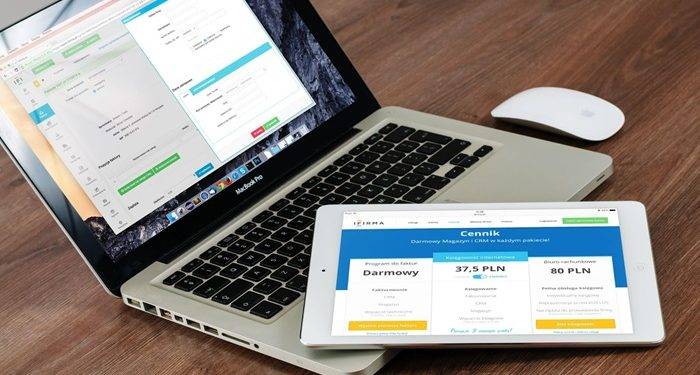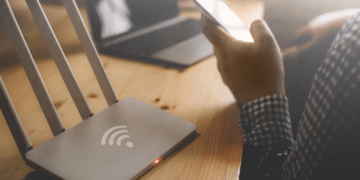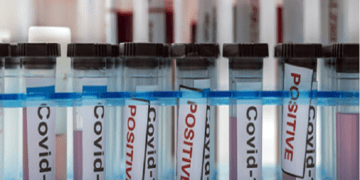Creating an impactful online store goes beyond product selection or pricing—it requires a strategic blend of aesthetics and user experience (UX). That’s where a Shopify web design agency becomes a game-changer. These agencies specialize in designing customized eCommerce solutions that not only reflect your brand’s identity but also streamline the shopping journey for higher conversions and customer satisfaction.
Understanding the Role of Visual Branding
A compelling online store must instantly communicate trust and brand personality. Visual branding—logos, typography, color palettes, and imagery—plays a vital role in shaping first impressions. A Shopify web design team begins by aligning your store’s visual elements with your brand’s core values and customer expectations.
For instance, a premium skincare brand might opt for a clean, minimalist design with neutral tones and generous white space to convey luxury and simplicity. In contrast, a vibrant sportswear brand could benefit from bold colors and dynamic layouts that emphasize energy and movement.
Execution Tip:
Start with a branding audit. Gather all visual assets and review them for consistency. The agency will typically use tools like Adobe XD or Figma to prototype layouts, ensuring alignment with brand guidelines. Then, they implement the design directly within Shopify’s theme editor or through custom-coded themes.
Enhancing User Experience Through Navigation Design
Even a visually stunning store fails if users can’t find what they need. UX-centric agencies focus on intuitive navigation structures—from category menus and search bars to product filters and breadcrumbs. The goal is to minimize friction and reduce decision fatigue.
For example, a furniture store with hundreds of products should use nested categories (e.g., Living Room > Sofas > Sectionals) and sticky menus to help shoppers browse seamlessly. Adding real-time search suggestions also improves findability and engagement.
Execution Tip:
Begin by mapping your product taxonomy. Use analytics to identify common user paths and drop-off points. Your agency will then design navigation mockups and test them using tools like Hotjar or Shopify’s built-in analytics before going live.
Optimizing Mobile Responsiveness
Over 70% of eCommerce traffic now comes from mobile devices. A Shopify agency ensures your site adapts beautifully across all screen sizes while maintaining speed and usability. This includes optimizing touch interactions, resizing buttons for thumbs, and minimizing text input.
An example is implementing “swipeable” image galleries or sticky checkout buttons for mobile devices. These design choices improve usability without overwhelming the user interface.
Execution Tip:
Request a mobile-first design approach. During development, the agency will use responsive CSS frameworks and media queries to tailor the experience to mobile breakpoints. They’ll also use tools like Google’s Mobile-Friendly Test to verify performance.
Leveraging Conversion-Focused Design Elements
Great design serves business goals. Conversion-driven elements like prominent call-to-action (CTA) buttons, trust badges, reviews, and urgency signals (e.g., low stock notices or countdown timers) help move users through the sales funnel.
A fashion store, for example, might highlight “Only 3 left in stock” in red below the Add to Cart button to encourage quick purchases. Or, include a review carousel near the top of the product page for social proof.
Execution Tip:
Audit existing conversion data (bounce rate, time on page, cart abandonment). Your agency will then prioritize redesigns around high-traffic areas and A/B test variations to improve metrics using apps like Optimizely or Shopify’s native A/B tools.
Streamlining Checkout Flow
The checkout is where many stores lose potential sales. A good Shopify design agency simplifies this process by minimizing steps, integrating autofill, offering guest checkout, and ensuring error handling is clear and helpful.
Example: A Shopify Plus merchant may benefit from a one-page checkout experience with Apple Pay or Shop Pay options for speed and ease.
Execution Tip:
Ask your agency to analyze your current checkout funnel. Then, based on drop-off points, they’ll implement Shopify’s native optimizations or use Shopify Scripts to create custom discount logic, shipping rates, or dynamic field displays.
Implementing SEO-Friendly Architecture
Design and SEO should go hand in hand. Agencies ensure your Shopify theme includes clean code, fast-loading images, semantic HTML tags, and logical URL structures to improve search engine visibility.
For example, a pet supplies store might use keyword-rich URLs like /dog-food/grain-free/ and descriptive alt text for product images to improve organic rankings.
Execution Tip:
Work with your agency to perform a site audit using tools like Ahrefs or Screaming Frog. They’ll adjust headings, image compression, meta tags, and more to align with on-page SEO best practices.
Ongoing Design Iteration and Testing
Design is never “set it and forget it.” A top-tier agency will continue testing and refining your store’s UX over time. They’ll monitor KPIs, gather user feedback, and launch updates to improve performance and customer satisfaction.
For instance, after launch, the agency might introduce heatmaps and session recordings to understand how users interact with certain product pages and tweak layouts accordingly.
Execution Tip:
Set regular review cycles (monthly or quarterly). Use customer support data and analytics insights to inform future design decisions. Your agency will help prioritize changes and manage theme version control to avoid disruptions.
A thoughtfully designed Shopify store is a powerful growth lever—and working with a Shopify web design agency ensures every design decision is grounded in strategy, data, and customer experience. Whether you’re launching from scratch or refreshing an existing store, these experts help you build a storefront that delights users and drives conversions.









